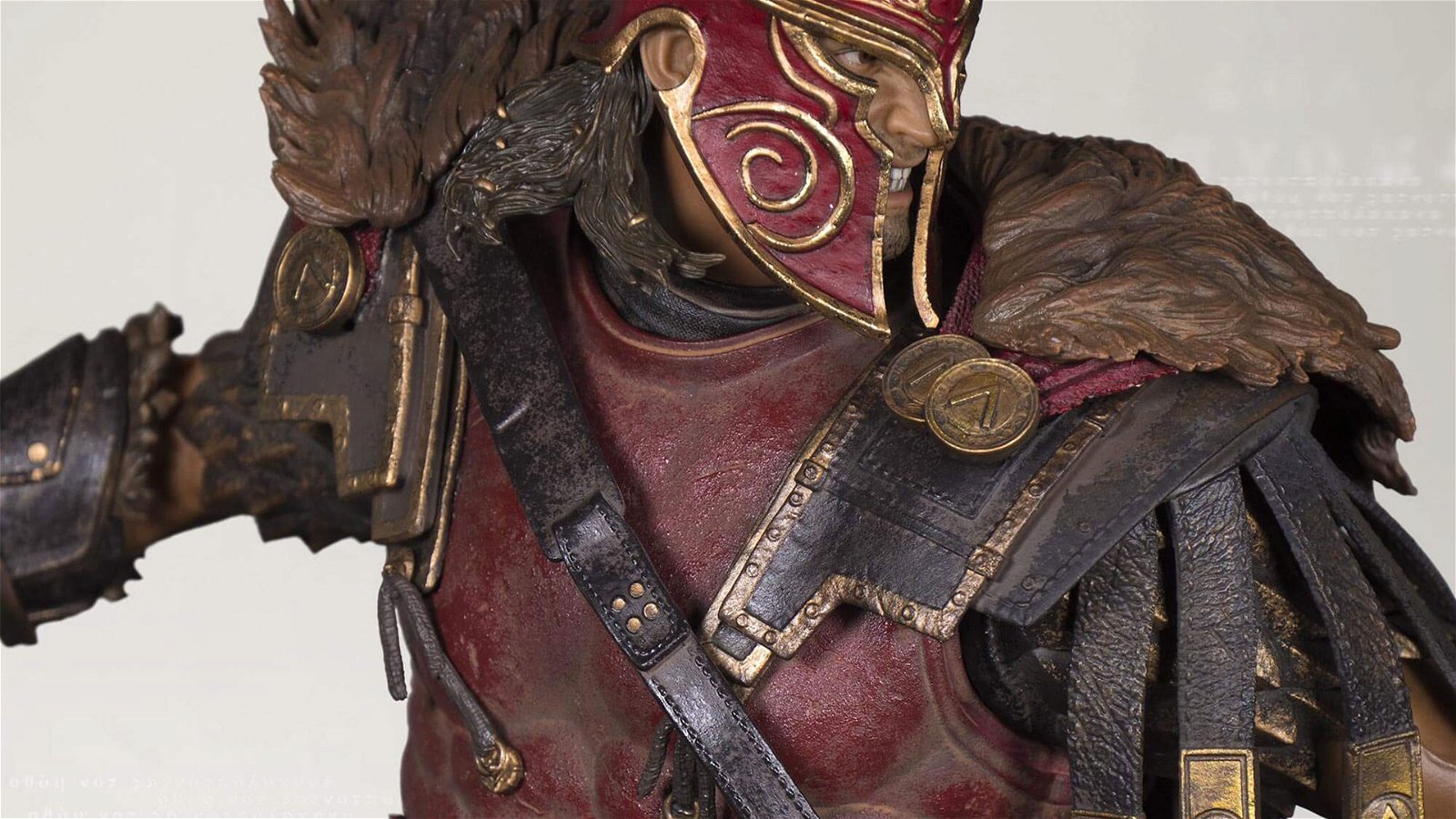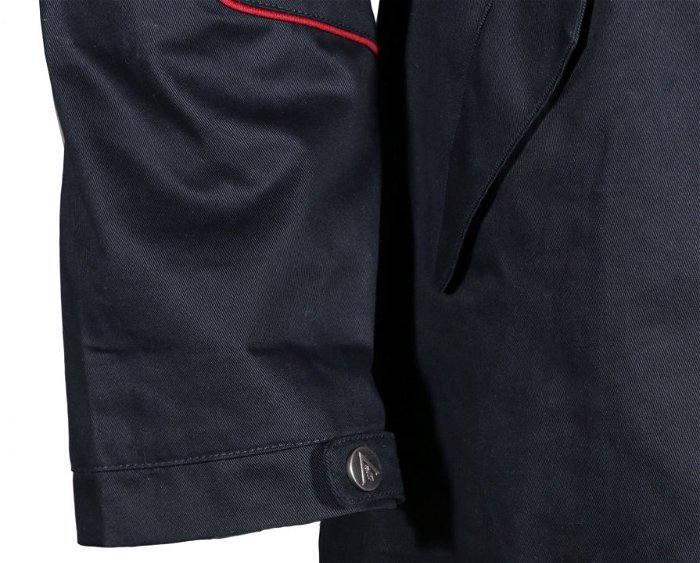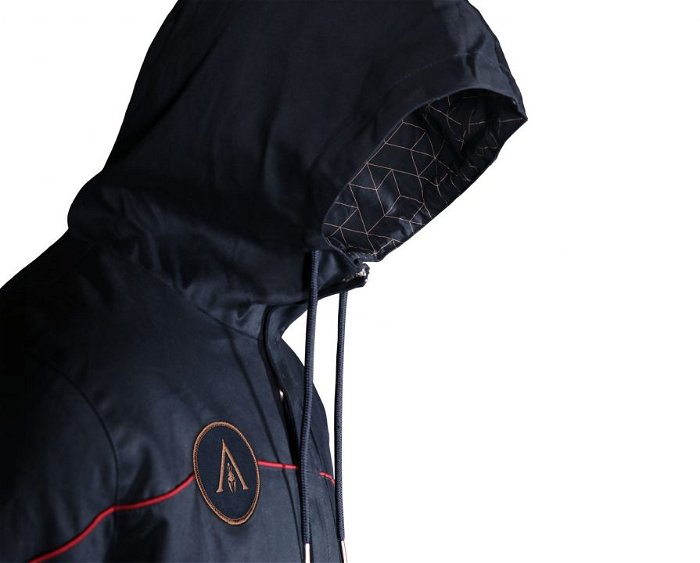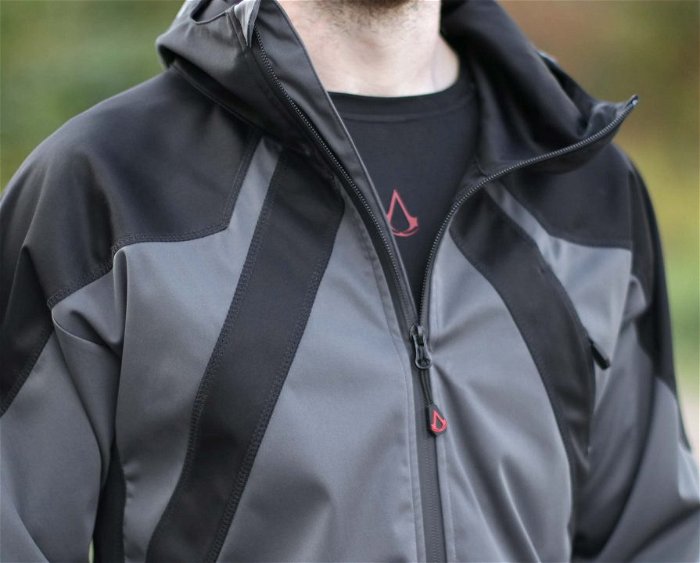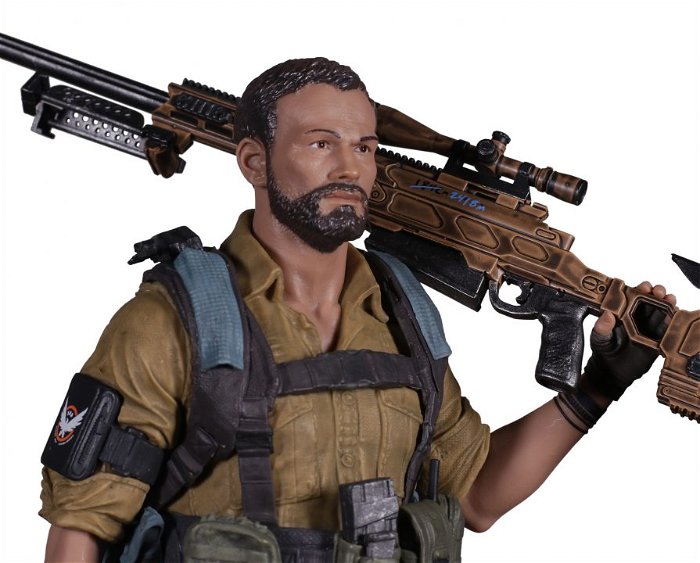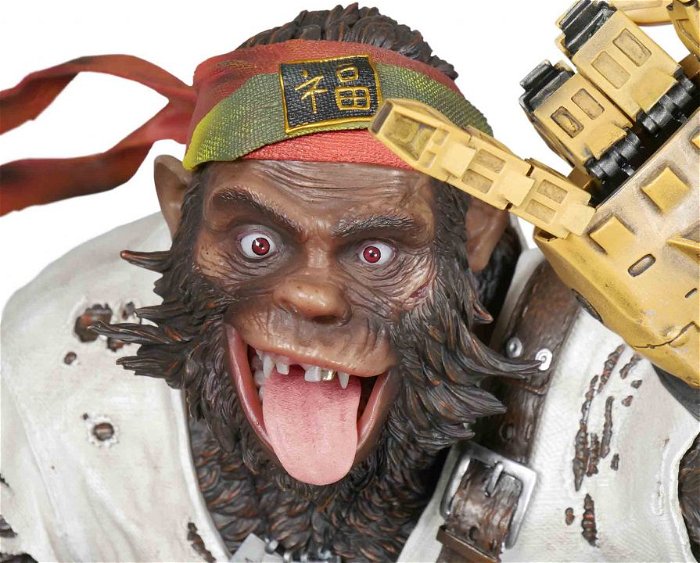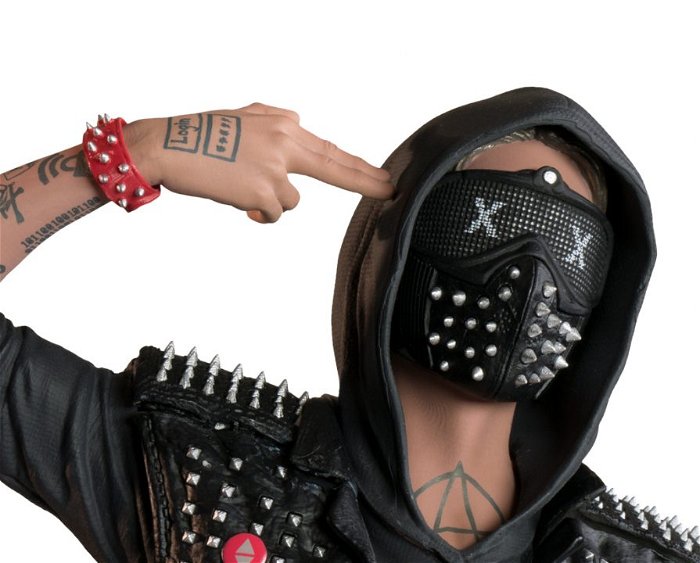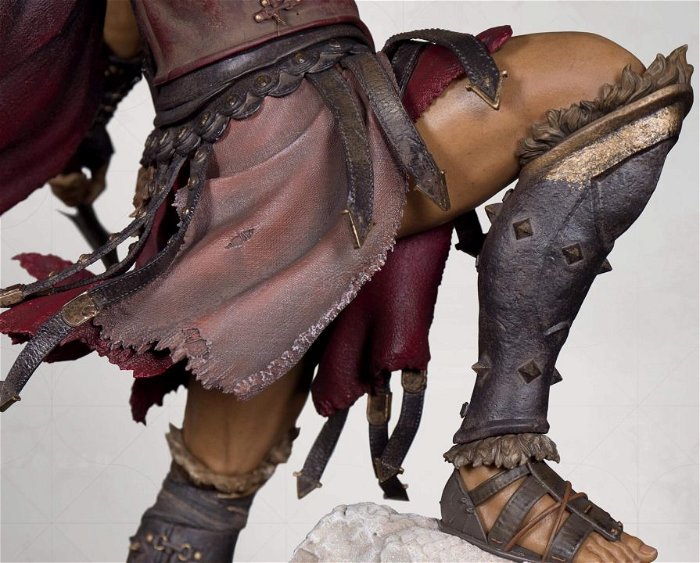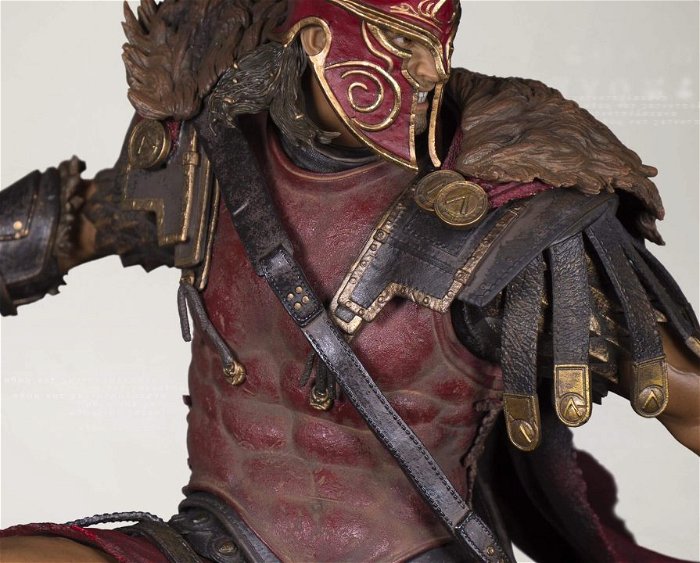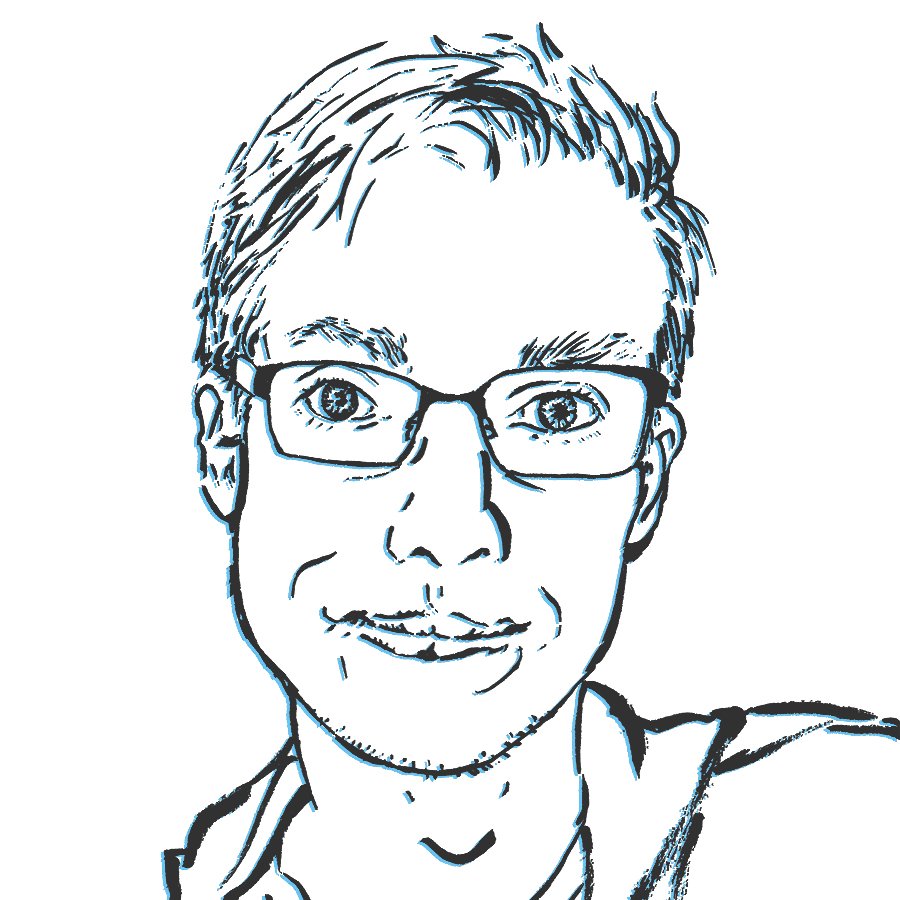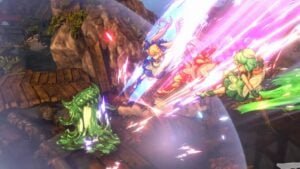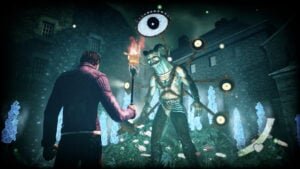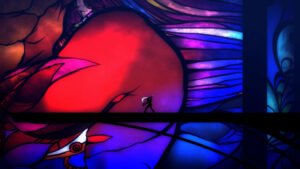When it comes to video game merchandise, the most common items that you’ll see include t-shirts, hoodies, and similar products.
The name of the game is mass production, and it’s rare to find gear that’s produced by publishers and developers that doesn’t involve simply slapping a game’s logo or slogan on a product and calling it a day. That is unless you’re looking at the Ubisoft Workshop.
Serving as Ubisoft’s in-house development and production department, the Ubi Workshop creates and produces much of the merchandise you can find on Ubisoft’s official store. At first glance, you’ll find the usual assortment of logo branded snapbacks and shirts, but you’ll also find an Assassin’s Creed line of high-quality athletic wear, dress shirts, and bomber jackets. Regardless of the franchise, Ubi Workshop’s line of gear is notable for both its quality and its wearability.
“Each game we approach differently, but we try to have something close to the character while keeping it fashionable, or at least wearable, in an everyday context,” Ubi Workshop Creative Director Jean Gauvin explained.
For the past three-and-a-half years, Gauvin has led Ubi Workshop, managing a small team of designers, product managers, illustrators and marketers as they create merchandise based off of Ubisoft’s franchises. That means overseeing product strategy, charting the Workshop’s creative direction, and coordinating with developers on what sorts of products would work best for upcoming titles.
Depending on the game, that means entering the production process anywhere from one year to two years in advance. When Ubi Workshop begins designing merchandise for a title, Gauvin and the team consult with directors and developers to acquire the latest assets that have potential to be turned into designs. It’s not just a one-way street either, as Ubi Workshop will offer input on assets that could be modified to better suit apparel. While they’re not present at the first meetings during which a game is being developed, they’re there early enough so that product lines and collections can be set in stone months in advance of a game’s release.
“For example, if we’re working on a game like Assassin’s Creed Odyssey or Origins we’re there 24 months in advance starting to get some aspect from them and thinking of our line,” Gauvin said. “How the characters look, how they dress, and what we could do with that. Because most of the items we produce, I think the bigger items and the high end items, they would take much more time to develop.”
As much as Ubi Workshop works with development teams to develop products closely linked to its titles, that doesn’t mean that they will be overtly based off of them. In fact, Ubisoft Workshop has shifted more towards subtlety over the years, as fans have responded more towards clothing that they can wear alongside the rest of their wardrobe rather than products that are closer to cosplay. One need only look at the differences between the Origins and Odyssey lines to see that change. The Origins line features a Bayek hoodie that is directly pulled from that character’s clothing, while the Odyssey collection features a plain grey hoodie with the game’s logo on the left breast. It’s the latter of the two that is currently sold out.
“One thing we learned on the [Origins] collection in particular is that sticking as close to the characters as possible [and] the colour palette of the game is sometimes not exactly what the fans will want to wear,” Gauvin said. “So when we approached Odyssey we tried to make something a little modern in the lines, very subtly to kind of mimic the way Alexios or Cassandra were dressed.”
Despite what one might assume about its scale, the small size of the Ubi Workshop means that there are far more designs that end up on the cutting room floor than ones you can purchase. When the team begins working on a new collection, they’ll come up with anywhere between 20 and 30 unique designs. Some are variations of a single type of product, such as a hoodie, but it isn’t long before more out there ideas are introduced, such as home decor or umbrellas. Inevitably, the designs are cut back until roughly a dozen items are produced for sale. The reasons why items are cut vary, such as simply being too expensive to produce, while other times, as Gauvin describes, “They don’t make a lot of sense.”
“When we start something there’s no limit,” Gauvin said. “Some items are too expensive to produce, or some items will not just be picked up by the store because we’re like a production house and the store is kind of a client. Each store will sell our things but sometimes we also have to work with the merchandisers on this store and they would like to have items at a certain price and we can’t match that. As a business we have to cut down sometimes for business reasons, often for creative reasons, but we do go totally wild [with] designs.”
“The Division was a good example,” Gauvin continued. “We came up with, I think maybe eight items, and sold out before the game launched. So we could have gone much further in depth with this line of products because we had probably come up with about 20 ideas but didn’t produce eight to ten.”
With Ubisoft launching Far Cry: New Dawn, The Division 2, and Skull & Bones later this year, Gauvin and the Ubi Workshop will have their hands full over the coming months. As for the future, Gauvin aims to increase the amount of artwork being produced and sold in Ubisoft’s store, as well as develop more Easter eggs that intertwine apparel and story in ways that haven’t been done before. Above all else however, Ubi Workshop aims to continue to produce high quality gear that ensures that Ubisoft’s merchandise stands out from the competition.
“Our biggest challenge is to come up with cool designs and quality products because when you touch them, when you feel them, these products are well-made,” Gauvin said. “It’s something we’re really proud of. We always want to do something of high quality, but this is a challenge for us because we have to work on small quantities with a certain price in mind. We always have to be careful about that.”
To Read the full Interview, check out Issue 36 of CGMagazine
